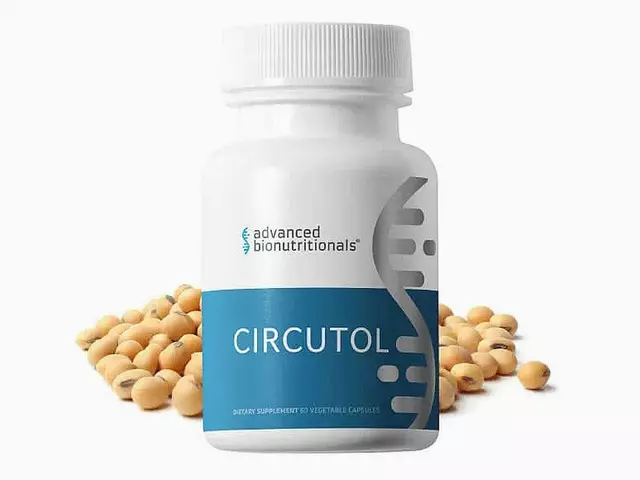Motrin (Ibuprofen) – Everything You Need to Know
When you hear Motrin, the brand name for the non‑steroidal anti‑inflammatory drug ibuprofen. Also known as ibuprofen, it is widely used for pain relief and fever reduction, you probably wonder how it works, who should take it, and what risks exist. NSAIDs, a class of medicines that includes ibuprofen, naproxen, and aspirin share a common mechanism of blocking prostaglandin production, which means they can lower inflammation and ease aches. Knowing this connection helps you decide if Motrin fits your health plan.
Pain relief, the primary goal of taking ibuprofen to ease headaches, muscle aches, dental pain, and menstrual cramps is achieved by reducing the chemicals that sensitize nerves. A typical adult dose ranges from 200 mg to 400 mg every 4‑6 hours, not surpassing 1,200 mg daily without a doctor's go‑ahead. The drug’s half‑life of about two hours means it clears quickly, but taking it with food can lessen stomach irritation—a common side effect of many NSAIDs. If you have a history of ulcers, kidney issues, or heart disease, you’ll need extra caution; the same warning applies to pregnant individuals in the third trimester. Understanding dosage and safety lets you use Motrin effectively without unnecessary risk.
Beyond simple aches, inflammation, the body’s response to injury or infection that causes swelling, redness, and pain is a major reason people reach for Motrin. Conditions like arthritis, tendonitis, and even minor sprains can benefit from the drug’s anti‑inflammatory action. Fever, another immune response, drops quickly when ibuprofen blocks the pyrogenic pathway in the brain. Because it targets both pain and fever, Motrin often replaces acetaminophen in scenarios where swelling is also present. However, combining it with other NSAIDs or blood thinners can amplify bleeding risks, so always check other medications you’re taking.
When you decide to purchase Motrin or its generic counterpart, a few practical considerations can save you time and money. Generic ibuprofen, the off‑brand version of Motrin that contains the same active ingredient at a lower price is FDA‑approved and works identically when sourced from a reputable pharmacy. Look for online pharmacies that require a valid prescription, display a physical address, and provide pharmacist contact info—just like the guides in our collection that explain how to avoid scams. Comparing price tables, reading user reviews, and checking for third‑party certifications can help you pick a safe, affordable option. Our articles also cover side‑effect monitoring, dosage adjustments for seniors, and how Motrin stacks with other common drugs, giving you a full picture before you click ‘buy.’
Now that you have a solid grasp of what Motrin is, how it eases pain and inflammation, the right way to dose it, and what to watch for when buying, dive into the articles below. You’ll find step‑by‑step dosage charts, safety checklists, comparison tables with other NSAIDs, and buying guides that walk you through the whole process. Let’s get into the details that will help you use Motrin responsibly and effectively.
Motrin (Ibuprofen) vs Alternative Pain Relievers: Pros, Cons, and Best Uses
A clear, side‑by‑side comparison of Motrin (ibuprofen) and common pain‑relief alternatives, covering effectiveness, safety, dosage, and best‑use scenarios.
Motrin (Ibuprofen) vs. Common Pain Reliever Alternatives - Detailed Comparison
A comprehensive side‑by‑side comparison of Motrin (Ibuprofen) and top OTC alternatives, covering effectiveness, safety, dosing, and best‑use scenarios.







